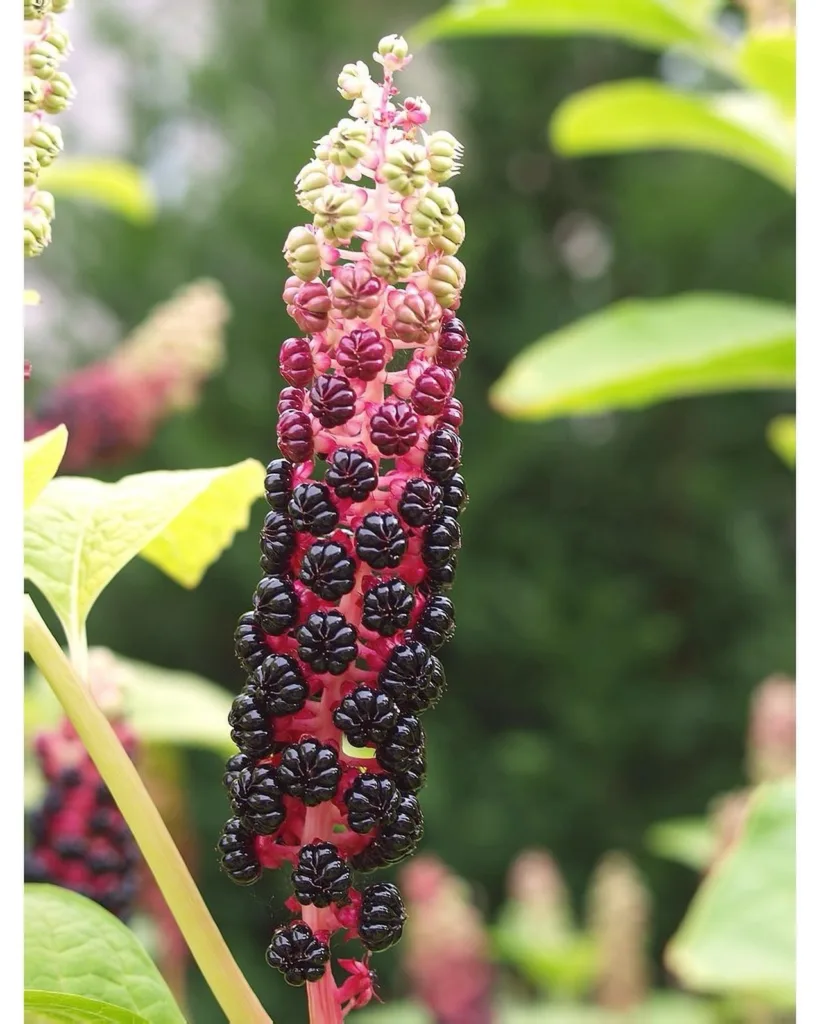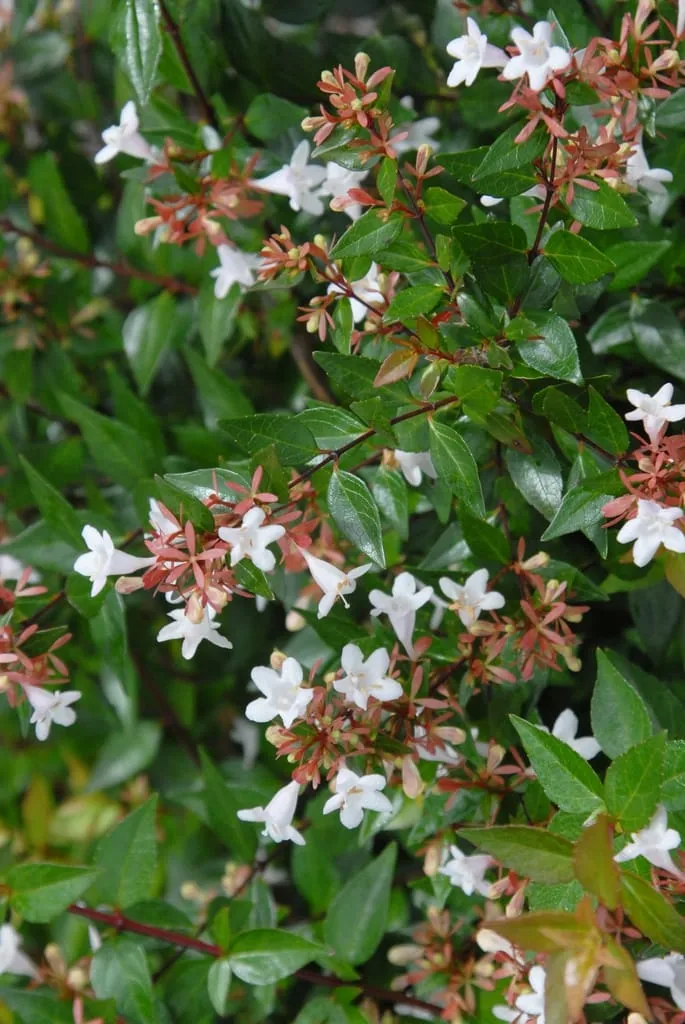What Is Pinellia Ternata?
Pinellia Ternata, also known as the Three-Leaf Pinellia, is an intriguing plant often found in gardens and as an indoor plant. Originating from Asia, it’s celebrated for its unique foliage and tubers. This plant is a member of the Araceae family and is notable for its distinctive, arrow-shaped leaves and small, hooded spathe flowers. The tubers, which are a key feature of Pinellia Ternata, are typically used in traditional medicine.
10 Species in Genus Pinellia
What Is Pinellia Ternata Tuber?
The Pinellia Ternata tuber is a small, bulb-like structure that grows underground. This tuber is an essential part of the plant’s survival and propagation. In traditional medicine, especially in Chinese herbal practices, these tubers are valued for their supposed therapeutic properties. They are used to treat various ailments, including digestive issues and respiratory problems. The tubers are often dried and ground into powder for medicinal use.
How to Care for Pinellia Ternata?
Caring for Pinellia Ternata involves understanding its needs for light, water, and soil. This plant thrives in well-drained soil and prefers a spot with indirect sunlight. It’s essential to keep the soil consistently moist but not waterlogged. Overwatering can lead to root rot, so be cautious about the amount of water you use. Pinellia Ternata can tolerate a range of temperatures but does best in mild conditions. Regularly checking the plant for pests and diseases can also help maintain its health.
How to Propagate Pinellia Ternata?
Propagating Pinellia Ternata is relatively straightforward. The most common method is through its tubers. During the plant’s dormant period, usually in late fall or early winter, you can separate the tubers from the main plant and replant them in fresh soil. Ensure the new planting site has good drainage to prevent rot. Another method is through offsets, which are small bulbs that grow near the main tuber. These can be carefully separated and planted to grow new plants.
How to Get Rid of Pinellia Ternata?
If you find Pinellia Ternata becoming invasive or if you simply wish to remove it from your garden, there are several methods to consider. One effective way is to manually dig up the tubers, ensuring you remove all parts of the plant to prevent regrowth. Be thorough, as even small pieces of tuber left in the soil can lead to new shoots. Alternatively, you can use herbicides, but be cautious with chemical treatments as they may affect surrounding plants.
Can You Grow Pinellia Ternata Indoors?
Yes, Pinellia Ternata can be grown indoors. It’s a great choice for adding a touch of greenery to your home. When growing indoors, provide it with indirect sunlight and maintain a consistent level of moisture in the soil. Ensure good ventilation to prevent mold and mildew. Indoor growth can be slower compared to outdoor environments, but with proper care, it can thrive inside your home.
Is Pinellia Ternata Toxic?
Pinellia Ternata is known to be toxic if ingested. The plant contains compounds that can cause irritation to the digestive system. It’s essential to keep it away from children and pets to avoid accidental ingestion. If consumed, it can lead to symptoms such as nausea, vomiting, or diarrhea. Handling the plant with care and washing hands afterward can help prevent any adverse effects.
What to Plant With Pinellia Ternata?
Pinellia Ternata pairs well with other shade-loving plants in a garden setting. Consider planting it alongside hostas, ferns, or shade-tolerant grasses. These companions can complement the Pinellia Ternata’s unique appearance and help create a lush, green environment. In indoor settings, it can be grouped with other tropical or subtropical plants that share similar light and moisture requirements.
Common Problems with Pinellia Ternata
Pinellia Ternata can encounter several issues, including pest infestations and fungal diseases. Common pests include aphids and spider mites, which can damage the plant’s leaves. Fungal issues, such as powdery mildew or root rot, can occur if the plant is exposed to excessive moisture. Regular inspection and appropriate treatments, such as insecticidal soap or fungicides, can help manage these problems.
Compare Pinellia Ternata with Similar Plants
When compared to similar plants like Arisaema or other members of the Araceae family, Pinellia Ternata stands out due to its distinct leaf shape and smaller size. While Arisaema species often have larger and more dramatic foliage, Pinellia Ternata offers a more delicate appearance. Both types of plants share similar care requirements, but Pinellia Ternata’s tubers are particularly notable in traditional medicine.
Benefits of Pinellia Ternata
Aside from its aesthetic appeal, Pinellia Ternata offers several benefits. Its tubers have been used in traditional medicine, providing potential therapeutic properties. The plant’s unique foliage can add visual interest to a garden or indoor space. Additionally, it can serve as a ground cover in shaded areas, helping to reduce soil erosion and improve garden biodiversity.
Pinellia Ternata is a versatile plant with a range of uses and care requirements. Whether you’re looking to add it to your garden, grow it indoors, or explore its medicinal properties, understanding its needs and characteristics will help you manage and enjoy this unique plant.
If i die, water my plants!



